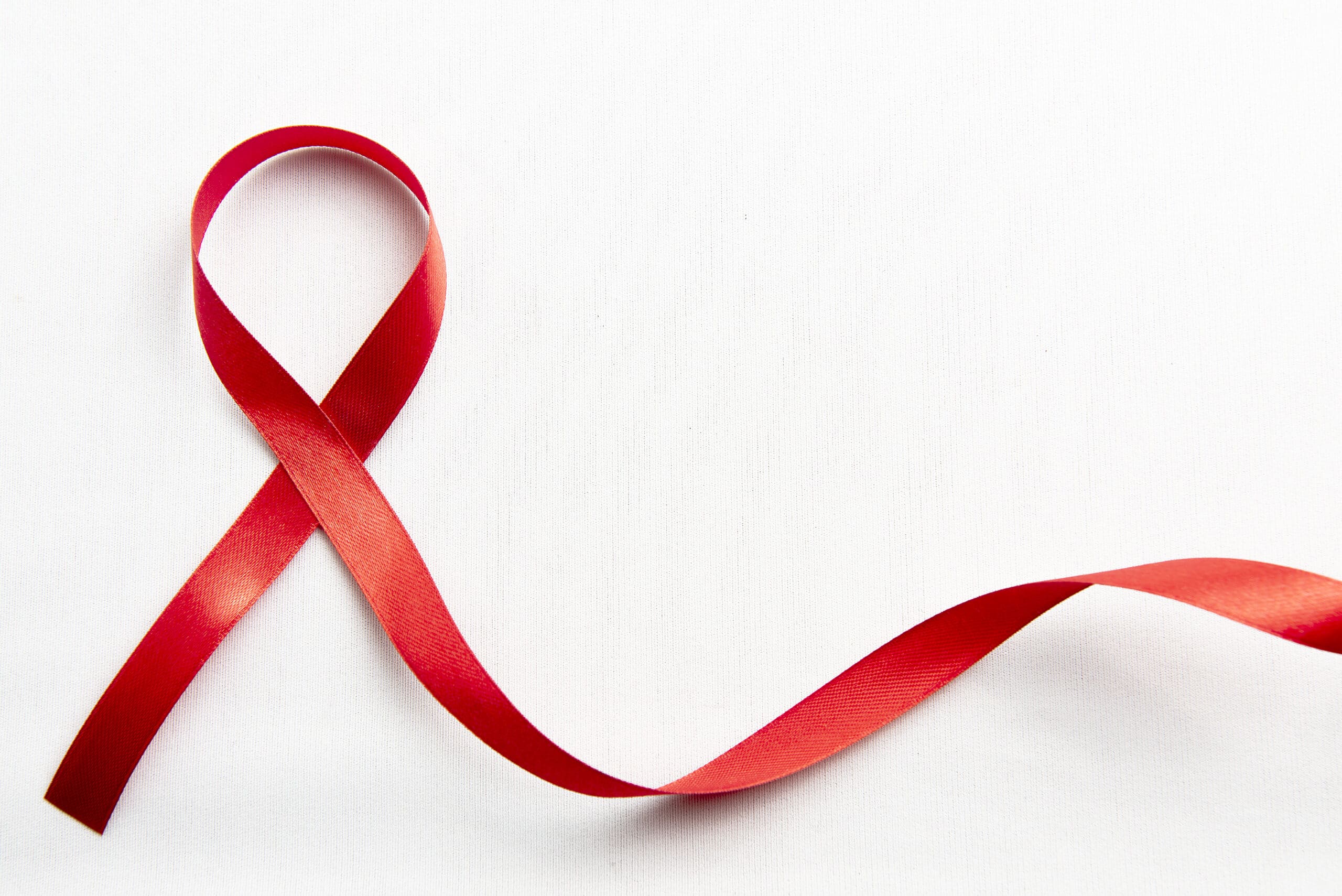
In a breathtaking journey towards eradicating the scourge of HIV/AIDS, Kenya has witnessed remarkable progress over the past two decades. With captivating determination and unwavering resilience, this East African nation has transformed from a bleak landscape to a beacon of hope, captivating the world with its achievements in the battle against this deadly disease.
According to recent surveys conducted by esteemed organizations such as the United Nations (UN), World Health Organization (WHO), Kenya National Bureau of Statistics (KNBS), and the Census, significant strides have been made in combating HIV/AIDS. The research findings reveal a wealth of information, shedding light on the most affected counties, gender disparities, age brackets, and the commendable progress in reducing infection rates.
Among the most affected counties in Kenya are Homa Bay, Siaya, Kisumu, and Migori, where HIV/AIDS continues to exert its devastating impact on communities. These regions face higher infection rates due to a combination of social, economic, and cultural factors. Surprisingly, the disease exhibits a gender bias, affecting women disproportionately, with statistics indicating a higher prevalence rate among females compared to males. Furthermore, the age bracket between 15 and 49 years is the most vulnerable, representing a critical population segment that requires targeted interventions.
The reasons behind these disparities are multifaceted. In the most affected counties, limited access to quality healthcare services, poverty, and lack of awareness contribute to the higher prevalence rates. Additionally, cultural beliefs and practices, such as early marriages and harmful gender norms, perpetuate the spread of HIV/AIDS. Addressing these underlying issues is crucial to reducing the burden of the disease in these areas.
Reflecting on Kenya’s position in the year 2000, it is remarkable to witness the remarkable progress achieved since then. Through robust efforts and collaborative partnerships, Kenya has successfully implemented comprehensive prevention strategies, expanded access to antiretroviral therapy (ART), and enhanced healthcare infrastructure. As a result, the country has experienced a substantial reduction in new infections and AIDS-related deaths. This transformative journey exemplifies the power of determination and serves as an inspiration to nations worldwide.
The impact of HIV/AIDS extends beyond individuals, profoundly affecting communities and society as a whole. Families are torn apart, leaving children orphaned and vulnerable, while the socio-economic fabric of communities is strained. To combat these adverse effects, comprehensive community-based approaches have been implemented. These initiatives aim to empower communities, raise awareness, promote safe practices, and provide support to those affected, fostering a sense of unity and resilience.
In the pursuit of a future free from the grips of HIV/AIDS, concerted efforts are required from all sectors of society. Education and awareness campaigns must be intensified, focusing on prevention, testing, and destigmatization. It is imperative to strengthen healthcare systems, particularly in the most affected regions, ensuring access to quality services and medications for all. Moreover, addressing the underlying socio-economic factors and promoting gender equality will be pivotal in overcoming the disparities that fuel the spread of the disease.
Leadership plays a vital role in the fight against HIV/AIDS, providing guidance, support, and inspiration. As the late Wangari Maathai, Nobel Laureate and renowned environmentalist, once said, “We cannot tire or give up. We owe it to the present and future generations of all species to rise up and walk.” These resolute words embody the spirit needed to triumph over HIV/AIDS. Leaders at the national and county level must unite their efforts, fostering an environment of hope, collaboration, and compassion. By standing together, we can conquer this challenge and usher in a brighter, HIV-free Kenya.
In conclusion, Kenya’s progress in combating HIV/AIDS is a testament to the unwavering commitment and resilience of its people. Through data-driven strategies, targeted interventions, and community empowerment, the nation has emerged as a beacon of hope. While challenges remain, the path towards eradicating HIV/AIDS is within our grasp. By embracing unity, education, and comprehensive healthcare, we can build a future where this disease is but a memory, and Kenya stands as a shining example of triumph over adversity.
